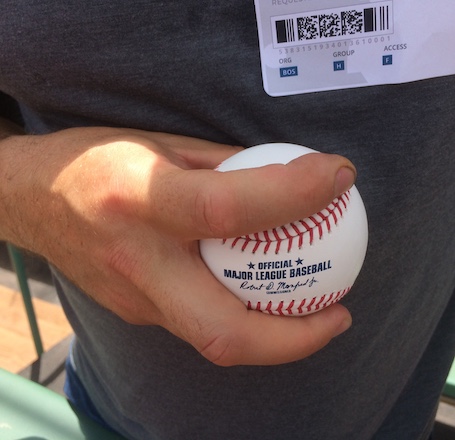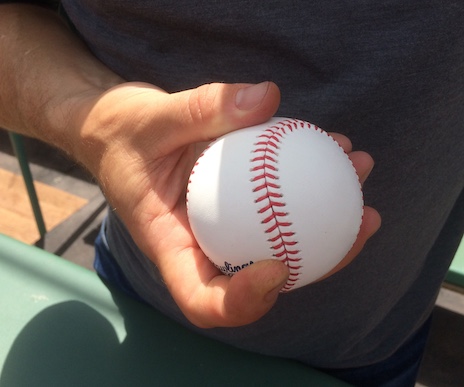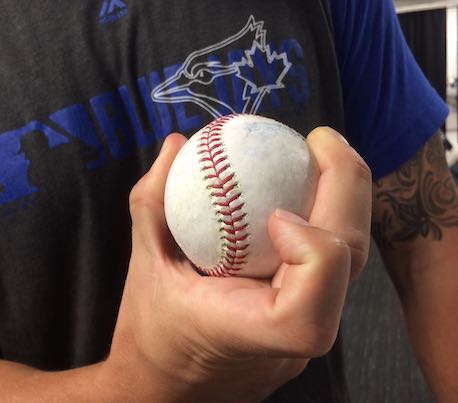The New York Mets made an out-of-the-box move yesterday, hiring 82-year-old Phil Regan as their interim pitching coach. The former big-league hurler, and longtime coach, takes over for Dave Eiland, who along with understudy Chuck Hernandez, was relieved of his duties in the throes of what has been an underachieving season.
As you should be aware, Regan’s nickname is “The Vulture.” It was given to him by Sandy Koufax, in a year that Regan went 14-1 out of the Dodgers bullpen with 21 saves and a 1.62 ERA. Prior to that 1966 season, he’d pitched primarily as a starter for the Detroit Tigers, the team he grew up rooting for in rural Michigan. Overall, Regan appeared in 551 games, for four teams, from 1960-1972.
The excerpted interview that follows was conducted approximately five or six years ago and was intended for inclusion in a book project — conversations with Detroit Tigers players of yesteryear — that has remained on the back burner. Given the timeliness of Regan’s hiring, I am choosing to share highlights from the interview here.
———
David Laurila: You were born in 1937, and grew up in southwest Michigan rooting for the Tigers.
Phil Regan: “Yes, I grew up in a town called Wayland. My earliest recollection of the Tigers was listening to Harry Heilmann call games on the radio. I recall players like George Kell, Johnny Lipon, Hoot Evers, Johnny Groth, and Vic Wertz. But my favorite of all was Hal Newhouser. He always seemed to be the one who pitched on Sundays, often against Bob Feller. He was my hero.
“During the week, I’d rush home from school, turn on the radio, and listen to Harry Heilmann and then, later on, Van Patrick. In those days we didn’t have a lot of television, but we always had the games on the radio. Of course, being from Michigan, I grew up wanting to play for the Tigers.”
Laurila: You ended up signing with them after graduating from high school.
Regan: “I did. As a kid, I never really got to play many games of baseball, because I lived out on a little farm, near a little town. Mostly I threw against a barn, with my brother, and stuff like that. But I had a good arm, and after graduating I was invited to Tiger Stadium to work out. They offered me a contract, but I decided that I wanted to go to Western Michigan [University]. After a year at Western, I decided to sign with the Tigers. From there I went into their minor league system.”
Laurila: How much did you sign for? Read the rest of this entry »



